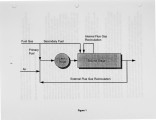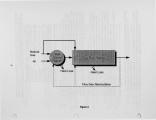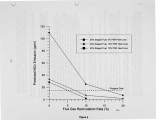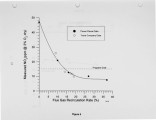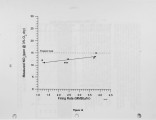| Title |
Development of a Low-NOx Burner for Direct-Fired Absorption Chillers |
| Creator |
Loftus, Peter; Benson, Charles; Wiener, William; Cole, Robert; Porter, James; Manthei, Dennis; Dolan, William |
| Publisher |
University of Utah |
| Date |
1994 |
| Spatial Coverage |
presented at Maui, Hawaii |
| Abstract |
The market for direct-fired absorption chillers in the 100 to 1000 ton capacity range is projected to grow significantly through the 1990s. Over the same period, it will become increasingly important to cost-effectively control NOx emissions to very low levels. For these reasons, a team consisting of Arthur D. Little, Power Flame, and Trane with support from the Gas Research Institute has undertaken the development of an innovative, 10w-NOx, natural-gas-fired burner for commercial chiller applications. This work has produced a burner that is able to attain NOx emissions of 10 to 15 ppm and CO emissions below 20 ppm. A new line of burners based on this technology and spanning a firing rate range of 0.3 to 3.5 MW (1 to 12 MMBtu/hr) will be introduced by Power Flame during 1994 and 1995. This paper describes the full two-year development cycle for the 10w-NOx chiller burner. Key activities included: concept generation, combustion modeling, prototype design, development testing, value engineering, and integrated burner-chiller testing. The initial concept integrated design elements of Power Flame's existing and successful NOVA line with key new features that introduced highly effective NOx control methods. The 1.1 MW (3.8 MMBtu/hr) prototype burner was designed with the aid of combustion kinetics and computational fluid dynamics models. This burner was then optimized through full-scale testing in a chiller combustion chamber at Power Flame's laboratory. Finally, the burner's performance was validated through integrated burner-chiller testing at Trane. |
| Type |
Text |
| Format |
application/pdf |
| Language |
eng |
| Rights |
This material may be protected by copyright. Permission required for use in any form. For further information please contact the American Flame Research Committee. |
| Conversion Specifications |
Original scanned with Canon EOS-1Ds Mark II, 16.7 megapixel digital camera and saved as 400 ppi uncompressed TIFF, 16 bit depth. |
| Scanning Technician |
Cliodhna Davis |
| ARK |
ark:/87278/s67w6fr5 |
| Setname |
uu_afrc |
| ID |
9284 |
| Reference URL |
https://collections.lib.utah.edu/ark:/87278/s67w6fr5 |



